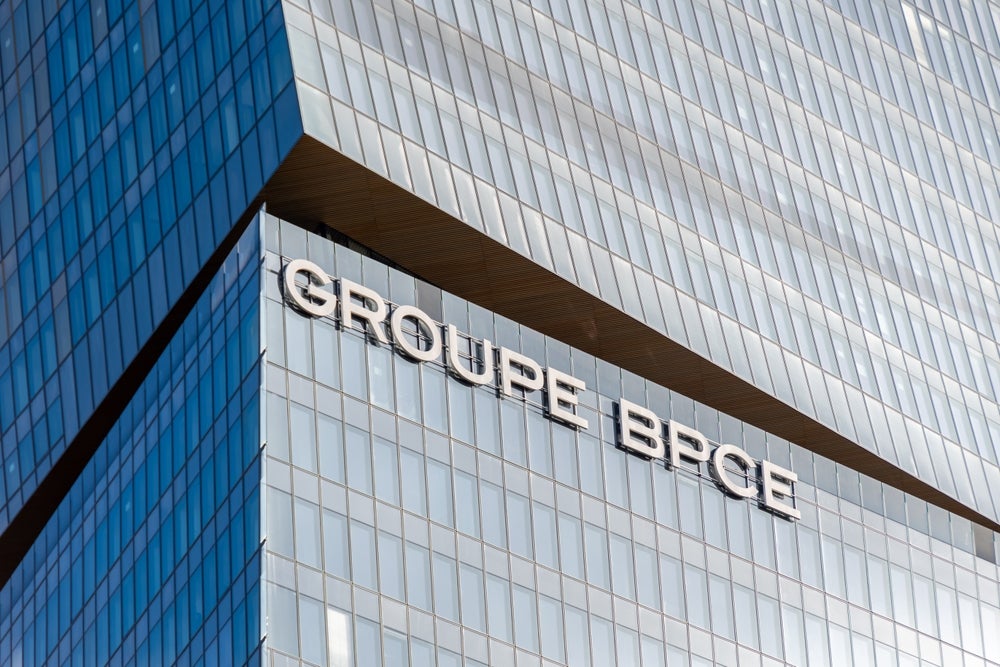Leaseurope’s Index Segment Survey provides a breakdown of the 2014 quarterly survey data, taken from a sample of 17 lessors, in four separate sector segments: equipment, real estate, passenger cars and commercial vehicles.
The median profitability, pre-tax profit as a percentage of income, of the equipment leasing segment was 37% higher than the base rate (year 2010) in 2014, while in 2013 it stood at 30%.
Global head of ING Lease Patrick Beselaere says the increase in profitability was a result of better efficiency of company operations, as well as lower funding cost and cost of risk. Cost of risk declined throughout 2014, dropping from 0.7% in 2013 to 0.5% in 2014.
"One explanation for the increase in profitability is that leasing companies have reviewed their internal organisation and became more efficient in their operations," says Beselaere. "Another explanation is that between 2008 and 2010 funding was more difficult to organise, so the funding cost was much higher than the one of more recent years. In addition, risk costs have decreased considerably."
The view that improved efficiency of operations triggered the increase in profits is shared by chief financial officer of Xerox Financial Services, Latish Patel.
"After the credit crunch, the market players had to challenge themselves to do better underwriting and structuring," says Patel. "The benefit of that is coming through now, driving levels of profitability over the last couple of years. More so being felt through 2014 than 2013."
How well do you really know your competitors?
Access the most comprehensive Company Profiles on the market, powered by GlobalData. Save hours of research. Gain competitive edge.

Thank you!
Your download email will arrive shortly
Not ready to buy yet? Download a free sample
We are confident about the unique quality of our Company Profiles. However, we want you to make the most beneficial decision for your business, so we offer a free sample that you can download by submitting the below form
By GlobalDataDespite the overall rise, there were variations in profitability performance over the course of the year. Looking at quarterly data, equipment leasing experienced a deterioration of profitability after the second quarter of 2014, while the median cost/income ratio escalated over the course of the year to a marginally lower level than 2013.
Beselaere says the quarterly decline in profitability was a result of shrinking income components rather than an increase in cost. He cited low levels of business investment and the commoditisation of equipment leasing as the factors pushing lessors’ income down.
Beselaere explains: "There’s plenty of liquidity in the market, not only for leasing but also for alternative funding possibilities. However investment has not increased because there’s excess capacity available in the plans and the manufacturing side. This means that as the economy is picking up, first excess capacity will be used and it’s only in the second stage that companies will start investing again in capacity and equipment."
"Another reason why there’s a trend of decreasing profitability in the equipment leasing market is that this product is becoming more and more a commodity business offered now by almost all banks as a clear alternative to lending. This means that if you become a commodity, volumes may increase but your margins definitely decrease."
The equipment leasing market funds various types of assets, ranging from yellow goods to medical equipment. In the course of a year, there can be huge variations in the performance of different equipment assets.
Best-performing sectors
Piero Biagi, managing director of BCC Lease and former chairman of Leaseurope’s statistics and marketing committee, says that industrial machines and machine tools are currently the best-performing sectors as demand for them is high.
Biagi also talks about assets that are not performing particularly well at the moment, like computers and construction equipment.
"Computers have been witnessing low growth because there’s a continual drop in prices of hardware and a trend towards cloud computing," he says. "Another important sector that’s not performing well is construction equipment, like yellow goods, because the construction industry has shrunk in many European countries."
In 2014 the equipment leasing segment’s profitability was higher year-on-year for all asset classes, apart from commercial vehicles. A five-year record in profitability was recorded in the passenger cars segment, while positive trend in profits was also found in the real estate segment. Passenger cars and commercial vehicles also experienced a drop in cost of risk, reaching around 0.3%.
Return on equipment assets in 2014 was 1.2%, just 0.1% higher than the previous year. It was fairly stable over the year, apart from the second quarter when it reached 1.5%.
"I think it is an acceptable level, it’s not an all-time high," Beselaere comments. "It is above real estate and passenger car returns, but lower than commercial vehicles. It is lower than full operating lease, because in full operating lease you have additional values and on top of your funding margin you have other components of profits; benefits which you don’t have in equipment leasing."
Biagi is optimistic about the performance of the equipment leasing industry in 2015, as he expects new business volumes to increase.
He says: "I’m optimistic there will be an increase in new contracts in Europe this year. The main problem could be on margins, because there’s a lot of pressure on prices."
Patel also believes equipment leasing activity will grow in 2015, but at a slower rate than last year. He says it will depend on how long the political and economic uncertainty in Europe due to Greece continues.
"If you look at the last few weeks it has created a level of uncertainty, which gives people the chance to reassess their investment opportunities," Patel says. "Hopefully it will be over very quickly and we will get more stability, which will in turn increase opportunities for growth."
According to Biagi, a continuation of uncertainty is more likely to affect big-ticket transactions in equipment leasing than small contracts.
He says: "At the moment there are a lot of small contracts because it is running equipment, products that have to be changed every two-to-four years. The main problem when there is uncertainty is in big-ticket transactions, as for an important investment a business must be comforted by a certain level of return to investment." n







